How many clothes do you have?
It isn’t enough. Obviously it’s not enough. Have you seen those cute shirts, with the sheer dark fabric? They’re so unusual; a statement piece. And it’s incredible what they’re doing with synthetic fabric these days. So breathable.
I have sold things for different companies since I was 15, and by far the greatest sell is clothing. Pretty, fun clothing. Expensive, poor quality clothing. Clothing which falls apart as quickly as it goes out of fashion. Absurdly stylish 14 year old girls in groups of three and lightly botoxed ladies bustle through the store, often picking and paying without even trying it on. Girls like me too, though. Simple, budget women counting out squish-crumpled notes to see if we can pay the 500% mark-up on those too-cute shorts. We’re drawn in by the bright colours and perfect cuts, and our eyes glide over the thread already unraveling, water off enthusiastic ducks. Young ladies think it’s exotic when I say something was made in Thailand. It’s not.
The fashion industry is the second largest pollutant in the world, behind oil. Women and children who are grossly underpaid work for hours in dangerous conditions, at the dress we realize doesn’t quite fit us right when we get home, so we stuff it in the back of our cupboards. Researching her film The Story of Stuff, Annie Leonard discovered that of the materials flowing through the consumer economy, only 1% remain in use six months after sale.
Considering the unprecedented droughts we’re experiencing in South Africa, it’s also worth it to note that it can still take more than 5,000 gallons of water to manufacture just a T-shirt and a pair of jeans – that’s about five years of one person’s drinking water, which is honestly absurd to think about. Further, the treatment and dying of textiles accounts for about 20% of the world’s industrial pollution. The 4th largest lake in the world, the Aral Sea, has dwindled to below 10% its original size in the last 40 years due to unsustainable cotton farming.
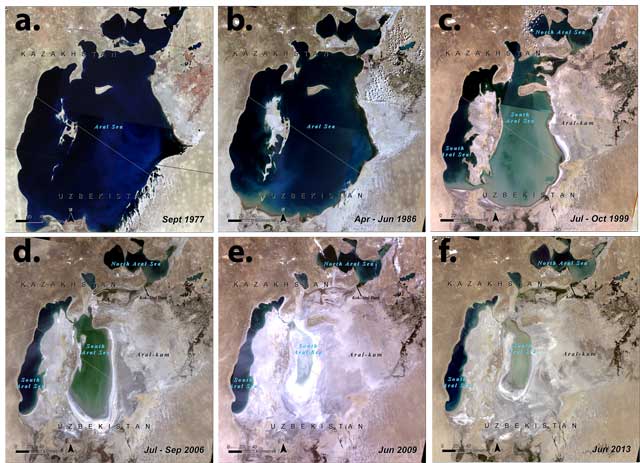
Tamara Cherie, a highly talented Cape Town-based designer, answered a few questions on her approach to fashion:
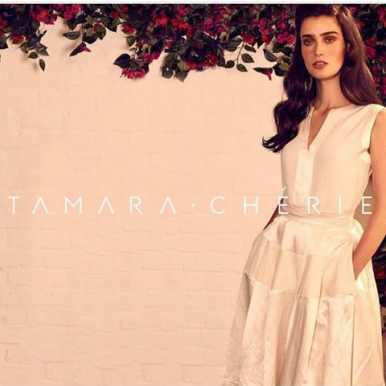
Do you source your fabrics carefully?
Tamara: We source fabrics locally, but most of them are unfortunately imported by our suppliers, as our local mills all closed down years ago. We do however choose carefully who we deal with and are knowledgeable of where they source our fabrics from.
I believe in investing in designs that are going to become a part of one’s wardrobe for years to come, hence my design style.
I don’t believe in fast fashion, which is what most of our modern fashion industry is. Consumerism is killing our world, literally and figuratively. Slowly though, the world is taking notice and changes are being made for the better.
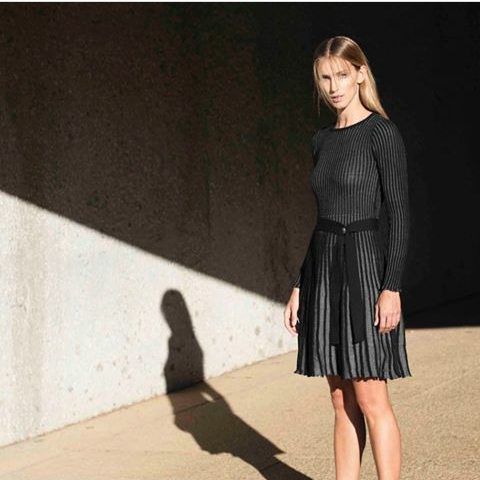
While working as a clothing salesperson can make me feel as if I am selling my soul – or renting it out for R350 a day – it has allowed me to see and participate in an incredible display of excessive consumption. The retail industry has fed us a lot of lies since its big break with the Industrial Revolution. That we should be thinner. That we should be richer, willing to spend more. That our clothing defines our personality; or represents it. But the one that still goes uncontested is that we need it. We’ve all been thoroughly convinced that we do not have enough. Those people in their penthouses definitely have enough. But we don’t.
Sure, we need clothing. After some time everything we have would grow threadbare and dull if we bought nothing new. What we don’t need is the global face-slap fashion industry, siren calling the masses to jump in and buy buy buy.
I teased the idea of going a year without shopping for ages, knowing the impact which even my bits of retail therapy has. Two months ago, I finally made the decision, glancing over my tipping piles of shirts, of which I tend to recycle the same six, over and over again, because they’re basic and at the top of the pile. It has been a good two months. My tights feel a bit bobly, and I catch myself eyeing a pair of boots at my store every week. But I am firm. Because the truth is, I haven’t needed more than I have for years now.
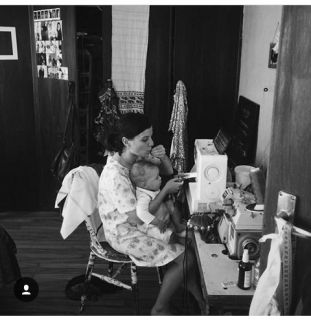
There are two ways to do your part to turn the tide. One is buying locally. These items are often original, unique, high quality, and fun. They are also a bit more expensive than buying from China’s mass-produced, European-owned stores. But that’s simply because you’re paying a real human’s worth in work, and – hopefully – good fabric. Demi Grundling, the young owner of ‘Tonian Closet says “It’s a very dominant industry to be in… but it’s also very exciting.”
Demi has been working on ‘Tonian Closet for a few years now, though it changed a lot with the birth of her baby girl June, who gurgles a little on her lap while she talks. “My focus is on June at the moment, so most of my inspiration comes from her. I source my fabrics locally and carefully – from material shops all over Cape Town. But right now, I’m focusing on baby clothes.
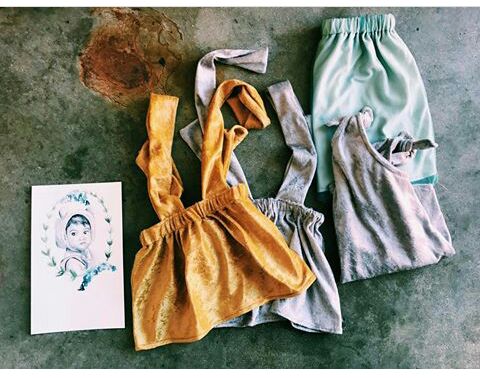
Another option is buying second hand. I love this, because I’m your typical student, trying to push six days without washing my hair because dammit, shampoo is expensive. Your money stays in the community, helping the slightly stressed lady who sits there every day to pay the mortgage on her house, rather than the Europeans moguls, all suit no conscience. Besides, anyone who’s bought second-hand can agree, the rush you get paying R20 for something rad you dug out of a pile is WAY better than the alternative.
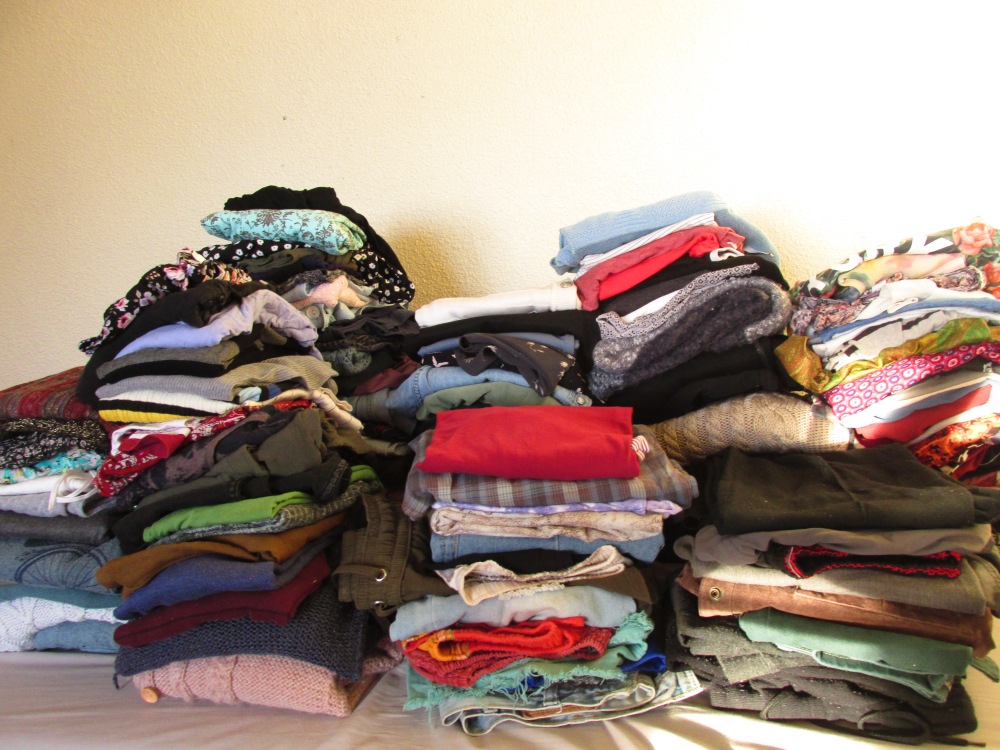
An hour after my little self-timer photo shoot I sit at my computer, with warm socks and lukewarm tea, cruising through soft grunge Pinterest posts. My clothes-city has toppled across my bed, an over-consumption dystopia in miniature. I’ll clean it up later.
Captivating, informative and well written. I am looking forward to your next article. Keep up the good work!
LikeLike
Makes sense!
LikeLike